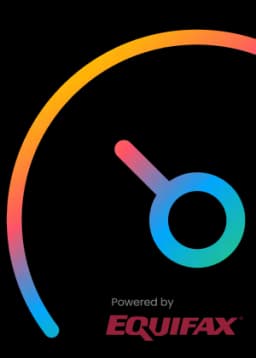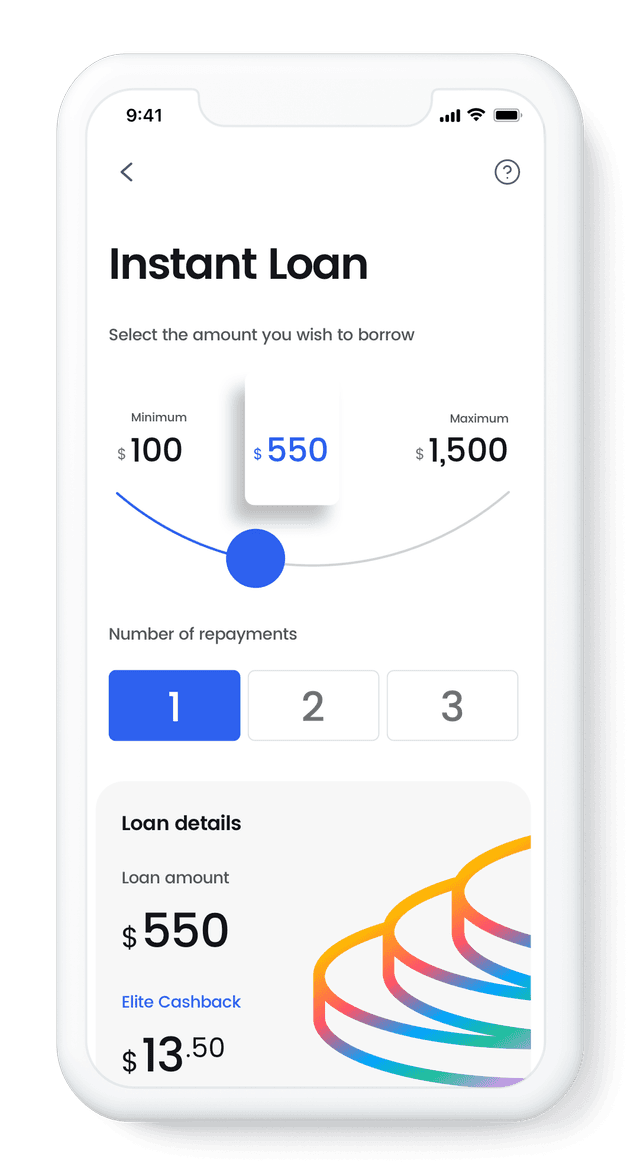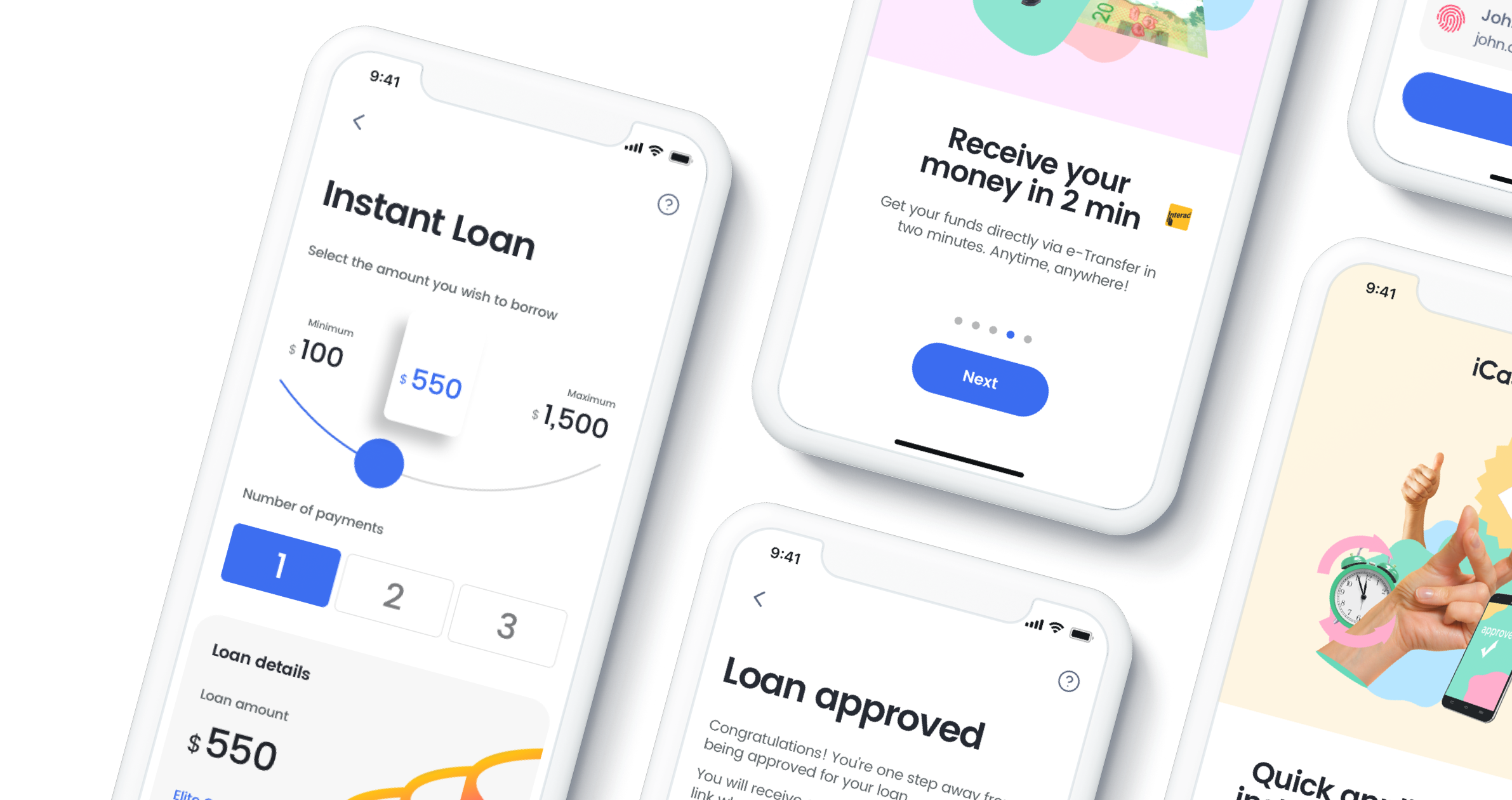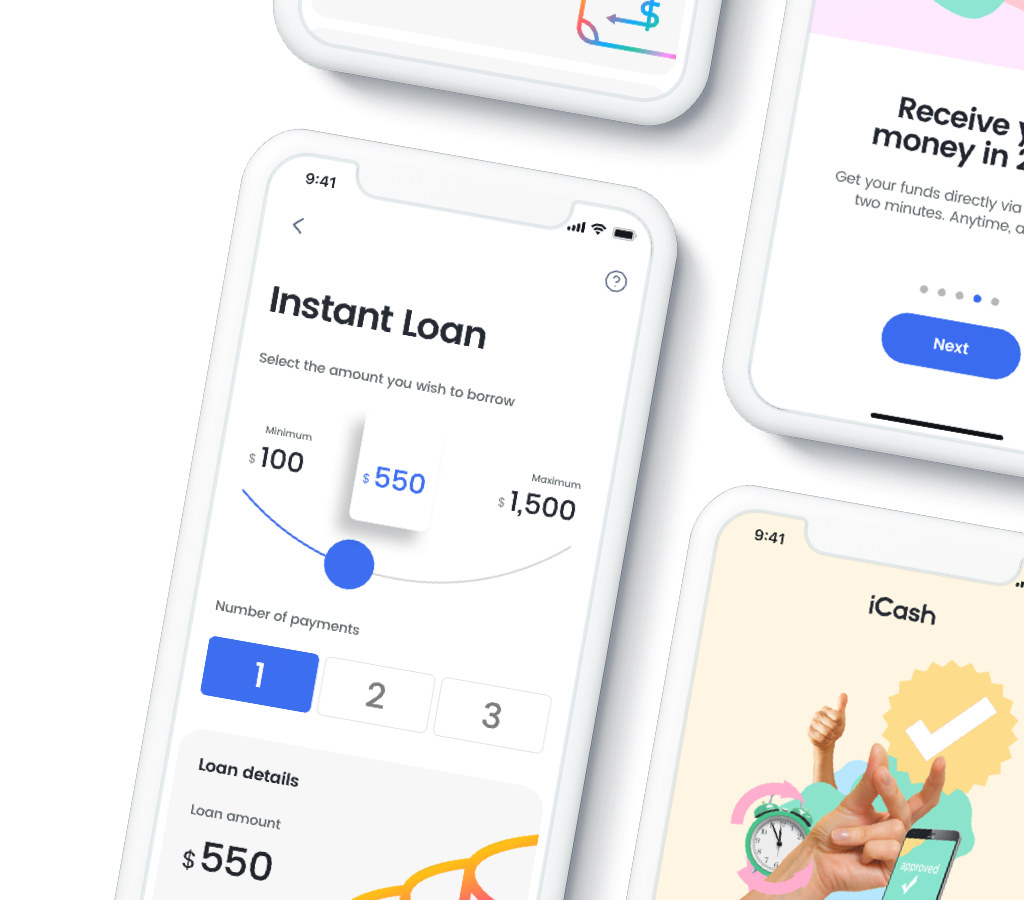With constantly changing economic conditions, it’s more important than ever to have a solid understanding of budgeting and how to effectively manage your money. However, budgeting has no “one size fits all” solution. Everyone's financial situation is different and personal budgets should reflect that.
If you're just starting your budget, focus more on essentials such as groceries and rent. If you're saving for something specific, like a vacation or a house, then your budget may include more specific items like travel costs or down payments.
Effectively creating the right budget for you takes careful planning, and staying on top of it in today's fast-paced world is essential for financial success. That’s why iCash, a trusted online lender in Canada, is here to lead the way. With helpful advice on managing a budget in today’s fast-changing world, you’ll be better equipped to find a strategy that works for you.
Budgeting in a Fast-Paced World
Budgeting plays a vital role in attaining financial stability in a fast-changing environment. With constant advertisements surrounding us, it’s easy to get caught up in the consumerist culture.
However, with a personal budget, you can prioritize your spending, allocate funds to your savings, and reduce the risk of experiencing a negative bank account balance, no matter how on-the-go your lifestyle may be.
Other reasons why following a budget is important in today’s environment include:
1. Understand Your Spending Habits
Because budgets highlight a clear picture of how much money you have to send and where it's going, you can understand your spending habits better. This knowledge can help you identify areas where you can cut back, and direct more funds towards your savings or investments.
Your budget can also help identify areas of overspending, such as eating out too often or making unnecessary impulse online purchases - something that has become increasingly common in the digital age. Ultimately, this can help you make more informed decisions about where to allocate your money.
2. Reduce Financial Stress
Creating and sticking to a budget can reduce the common financial stresses that many people face. Financial stress can lead to sleepless nights, strained relationships, and health problems. In fact, money has remained the top stressor among Canadians for six consecutive years.
But having a set budget can give you more control over your life. Even if you make adjustments along the way, following this type of financial plan will lead you (and your family) into a path of happiness and prosperity.
3. Achieve Financial Goals Faster
A budget is an essential tool for achieving financial goals faster - whatever they may be. Allocating funds towards saving for a down payment on a house, paying off debt, or investing in your retirement fund is all possible with the help of a well-planned budget.
Knowing where your money is going will help you set realistic goals and track your progress toward achieving them. You may even be surprised to see how much extra money you have when all your expenses are accounted for.
Defining Your Financial Goals and Objectives
Defining financial goals and objectives involves a structured and thoughtful process. Consider both short-term and long-term budgeting goals in your plan. Not only does this provide you with a roadmap for achieving your objectives, it also gives you a clear understanding of what sacrifices may need to be made to reach those goals.
Short-term Financial Goals
Your short-term goals could include saving for a vacation, paying off a small debt, or accumulating an emergency fund within a year. These are typically achievable within a shorter period and require regular, small contributions to your savings.
Think about what you want to achieve in the next year and how much money you'll need to do so. Add these goals to your budget and allocate a portion of your income towards them each month.
Long-term Financial Goals
Long-term goals are goals that you aim to achieve in five years or more. These could include saving for retirement, paying off your mortgage, or building an education fund for your children. Long-term goals often require disciplined saving and investing over many years.
Even if you encounter a major lifestyle change, it is important to remain committed to your goals and adjust your budget accordingly. Your dedication to achieving these objectives will pay off.
To define your financial goals, start by listing what you want to achieve. Be specific. Instead of writing 'save more money,' write 'save $5,000 for a vacation in 2024.' Next, calculate the cost of each goal and create a timeline for when you want to achieve it. This will show you how much you must put away each month to reach that goal.
Creating a Budget Based on Your Financial Goals
Once you've defined your goals, the next step is to create a budget that aligns with them. Listed below are actionable steps you can take to get started.
Step 1: Start by listing all sources of income, including salaries, bonuses, investment income, and any other sources. Then, list all your expenses like rent or mortgage payments, utility bills, groceries, transportation costs, etc. Be sure to include contributions towards your short-term and long-term financial goals as expenses.
Step 2: Categorize your expenses into essential and non-essential items. Essential items are necessary for basic living like housing, food, and transportation while non-essential items include things like entertainment, dining out, and shopping. This will help you identify areas where you can cut back if needed to save more money towards your financial goals.
Step 3: Track your spending by recording all expenses and comparing them to your budget. This will help you see where your money is going and make any necessary adjustments to stay on track with your goals. If you owe money on credit cards or loans, for example, be sure to include these payments in your budget as well.
Step 4: Review and adjust your budget regularly as needed. Your financial situation may change, so regularly review and adjust it accordingly. For example, a single mother may need additional funding for childcare expenses, or a job change may result in a change of income. Similarly, retirees may need to make changes to their budget as they age and their health care needs change.
Step 5: Set aside some money each month for emergencies. In today's fast-paced world, having a financial emergency plan is crucial. It acts as a safety net and can cover unexpected expenses such as urgent car repairs, medical emergencies, or sudden job loss.
Step 6: Stick to your budget. It can be tempting to overspend in certain areas or make impulse purchases, but staying disciplined will help you reach your financial goals faster. Even if unexpected expenses like car repairs or medical bills come your way, staying true to your budget will help you handle these situations with more ease.
Using Budgeting Apps
The above steps can seem overwhelming, especially if you're not used to tracking your spending. Luckily, there are many budgeting apps available for Canadians that can make the process much easier.
Some popular budgeting apps for Canadians include Mint, YNAB (You Need A Budget), Pocketguard, and Wally. These mobile software applications provide a user-friendly interface, making it easy to track your spending and stick to your budget.
Most budgeting apps also have features such as bill reminders, expense categorization, and even investment tracking. Plus, you can take advantage of budgeting tips and financial advice to help you improve your money management skills. This is especially helpful for beginner budgeters or those managing irregular income.
Other Budgeting Strategies
Choosing the right budgeting strategy depends on your financial goals, income stability, and overall lifestyle. Before you stick to one, you may want to experiment and find what works best for you.
Here are some popular budgeting strategies to consider:
1. 50/30/20 Rule
This strategy involves dividing your after-tax income into three buckets: 50% for needs, 30% for wants, and 20% for savings or debt reduction. This approach is easy to follow, but it requires discipline to stick to these proportions.
Essentially, the 50/30/20 budgeting rule allows you to prioritize your expenses based on necessity and allocate a portion of your income towards savings or debt repayment. It's a suitable method for those with a steady income and relatively low expenses.
2. Envelope Budgeting
This method involves allocating cash for different spending categories and placing them in separate envelopes (either physical or digital). Once the cash for a particular category is spent, you can't spend any more in that area until the next budgeting period.
This strategy is excellent for those in not-so-ideal financial situations, such as someone working towards repaying debt or living paycheque to paycheque. It helps you visually see how much money goes towards each category and prevents overspending.
3. Zero-Based Budgeting
In this approach, your income minus your expenditures should equal zero. This means that every dollar you earn should have a designated purpose, be it for bills, savings, or entertainment. This method requires meticulous planning and can be time-consuming, but it ensures that you're making the most of every dollar you earn.
The zero-based budgeting method is also useful for identifying areas where you can cut back and save more money. It encourages you to track your expenses closely and make adjustments when necessary, making it a great strategy for long-term financial planning.
Managing Irregular Income
Many Canadians may not receive a steady paycheque every month. Whether you collect government benefits or other forms of financial assistance, are working as a freelance contractor, or are employed seasonally, knowing how to manage unpredictable income is essential for budgeting success.
Using budgeting apps to track your irregular income is a great way to stay on top of your finances. Many of them allow you to set up multiple budget categories and track how much you have allocated and spent in each one. For example, you can create a separate budget for your monthly expenses and another for irregular income streams.
In addition to budgeting apps, some Canadian banks offer high interest savings accounts that can be very useful for someone with varying income. These accounts often offer high-interest rates and allow you to deposit and withdraw funds at any time. This can be helpful for someone managing unpredictable income who may need to dip into their savings account at any time.
Cutting Unnecessary Expenses & Optimizing Spending
In a fast-paced, always-on-the-go world, it's easy to overspend on non-essentials or impulse purchases. With a click of a button, you can get carried away with purchasing anything. So, how can you cut unnecessary expenses and optimize your spending?
Here are a few ways to do it:
Evaluate Spending Habits
Review your bank statements and receipts, and track your spending for a month to understand where your money is going. Once you have identified non-essential expenditures, you can start reducing or eliminating them. You can even automate this process in an easy-to-use budgeting app.
Common unnecessary expenses include eating out frequently, buying coffee daily, or maintaining subscriptions that are seldom used. An economical way to reduce these costs is by cooking meals at home or canceling unused subscriptions.
Avoid Impulse Buying
Another tip is to avoid impulse buying. Plan your purchases ahead of time (even if you’re busy), and stick to your shopping list when you go out. If you see something you want but haven't planned for, wait for a few days before deciding to purchase it.
Impulse buying can be a major setback for your finances, and avoiding it can save you a significant amount of money in the long run. You can even work with your bank to put limits on your debit or credit card spending to prevent overspending on impulse items.
Prioritize Saving and Investing
While it may seem challenging to save and invest while managing a busy schedule, it is crucial to prioritize these financial goals. One way to do this is by automating your savings and investments. Set up automatic transfers from your checking account to your savings or investment accounts every month.
Many banks and financial institutions offer tools to automate bill payments, savings contributions, and investment purchases. This way, you won't have to remember to allocate money towards various expenses or savings goals manually.
Long-term Benefits of Effective Budgeting
After all, we budget for a reason - and that is to achieve long-term financial stability. There's nothing more satisfying than knowing you have a plan in place for your future financial goals, no matter what your financial situation looks like or how fast-paced your lifestyle is.
By effectively managing your budget, you can reap the following long-term benefits:
Increased Savings for Emergencies
Having a well-managed budget can help you build an emergency fund for unexpected expenses, such as car repairs or medical bills. By setting aside a portion of funds each month (even if it’s just a few extra dollars), you can have peace of mind knowing that you are financially prepared for any unforeseen circumstances.
Improved Credit Rating
By consistently managing your budget and making timely payments, you can work towards improving your credit score or keeping it in good standing. This can help you secure better interest rates for loans or credit cards in the future. It can also open up opportunities for you to make larger purchases, such as buying a car or home.
Reduced Debt and Interest Payments
By allocating funds in your budget for debt repayment, you can work towards reducing and eventually eliminating any outstanding debts you may have. This can help you save money in the long run by decreasing the amount of interest you pay on loans or credit cards.
If paying off your debt is a top priority, consider using the snowball or avalanche method to pay off your debts more efficiently. The snowball method involves paying off the smallest debt first while the avalanche method focuses on paying off debts with the highest interest rate first.
Make Retirement Savings Easier
Adding a retirement category to your budget can help you prioritize long-term savings and ensure that it doesn't get overlooked amid short-term expenses. Setting up a Registered Retirement Savings Plan (RRSP) makes it easier to save for retirement, as you can contribute pre-tax dollars and let them grow tax-free until withdrawal.
Struggling With Your Budget? Consider iCash!
Effective budgeting in an always-changing environment isn't easy. Thankfully, lenders, like iCash, offer affordable and flexible express loans to help bridge any gaps in your budget. With a simple online application process, same-day approval, and quick funding, iCash can provide the financial support you need. Don't let financial stress hold you back from achieving your goals – consider iCash for your borrowing needs.












